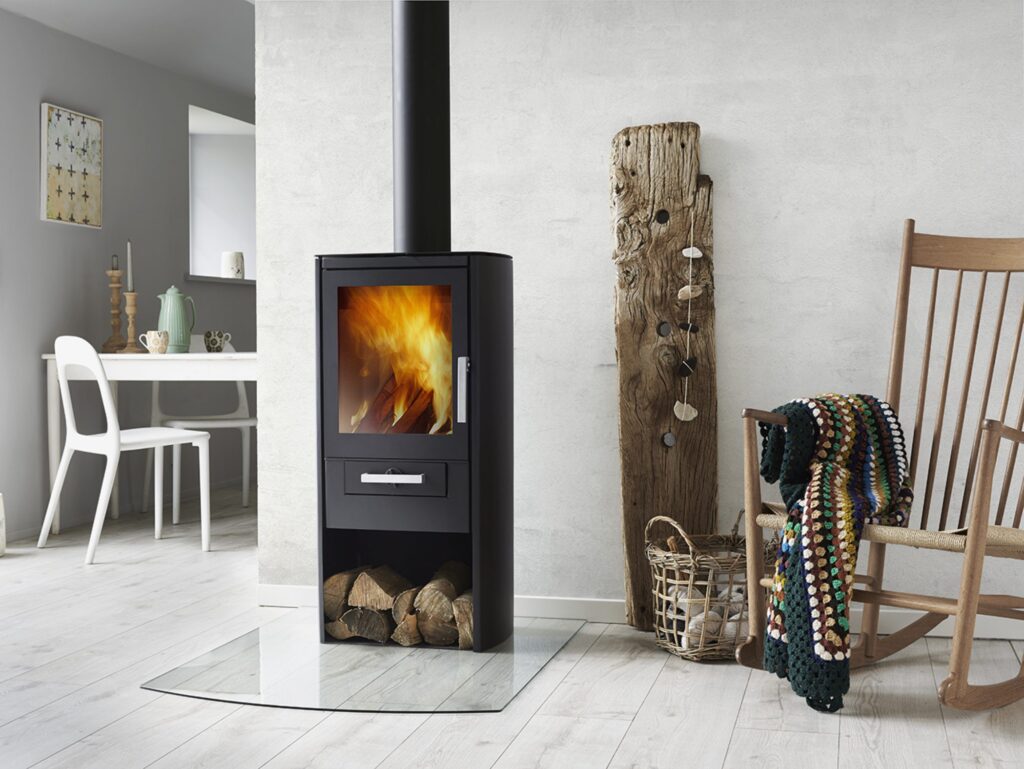With looming economic and ecological issues plaguing society, this feature analyses the alternative heating methods that can save money and the planet.
Warmth is a prerequisite for any individual. Being warm is important when it comes to feeling comfortable and safeguarding someone’s health. No matter where we go, there will always be a heating source whether it is indoor or in a certain public space. The home itself is the main site for heat and warmth. As we spend most of our days and nights at home, fending off the winter winds and bitterly cold nights is the main purpose of any house. Many implementations have been put in place to ensure that the home is kept warm for decades, however, there have been recent developments with regards to the distinct types of heating and energy efficient technologies available. This exclusive feature will analyse the emerging heating techniques that will promote energy efficiency, sustainability and keep the home warmer for longer.
How were homes insulated and kept warm in the past?
Throughout human existence the methods to heat up the home have been various and adapted over time as innovation and scientific knowledge developed. The earliest form of heating was documented around the period of the Stone Ages about 1.5 million years ago when early civilisation used campfires for warmth and cooking. Of course, this civilisation was still exposed to the outside world as infrastructure and housing construction had not been developed in many areas of the world. Historical data indicates that underfloor heating systems were first used in the Middle East. In 1300 B.C. King Arzawa installed such a system in his palace in Turkey. Hearth heating was commonly adopted by the Greeks.
The Romans later developed a system of heating called hypocausts. This is where buildings were built on pillars and the floors and walls had spaces in them. Fires were lit below the buildings, allowing the heat to flow through the space into the floor walls and out the flues in the roof. The stove was not invented until the 17th century, which replaced common fireplaces. The reason as to why stoves became commonly adopted was because it was considered a safer and efficient version. During the Industrial period, the main method to warm up the home was using coal in fireplaces and the mining of coal became a major economic power too that provided a vast amount of employment for many.
The 19th century is when possibly the most important heating invention occurred when Thomas Edison created the radiator 1883. This led to the increase in heating systems that were run on steam and electric heat, a system that still continues to prevail in modern day society. Towards the start of the 20th century, the manufacturing of steel coal-fired furnaces that used low cast iron radiators to efficiently heat a home was promoted. These inventions were revolutionary as it meant that individuals no longer had to huddle around a fire or hearth to keep warm or layer up heavily in winter clothes. The popularity of radiators had subsequently created a home environment that promoted greater moveability and relaxation.
Read more of this article in our new edition: April 2022 Single Issue – Show Home Magazine (yourshow-home.com)
Media contact
Roshini Bains,
Editor, Showhome Magazine
Tel: +44 (0) 1622 823 922
Email: [email protected]











